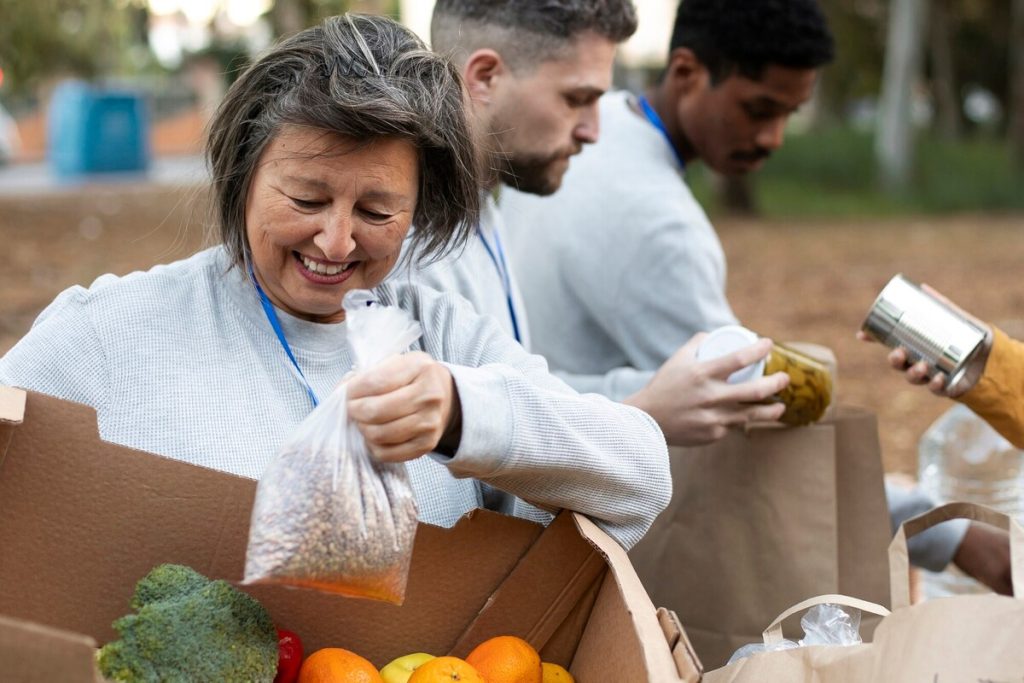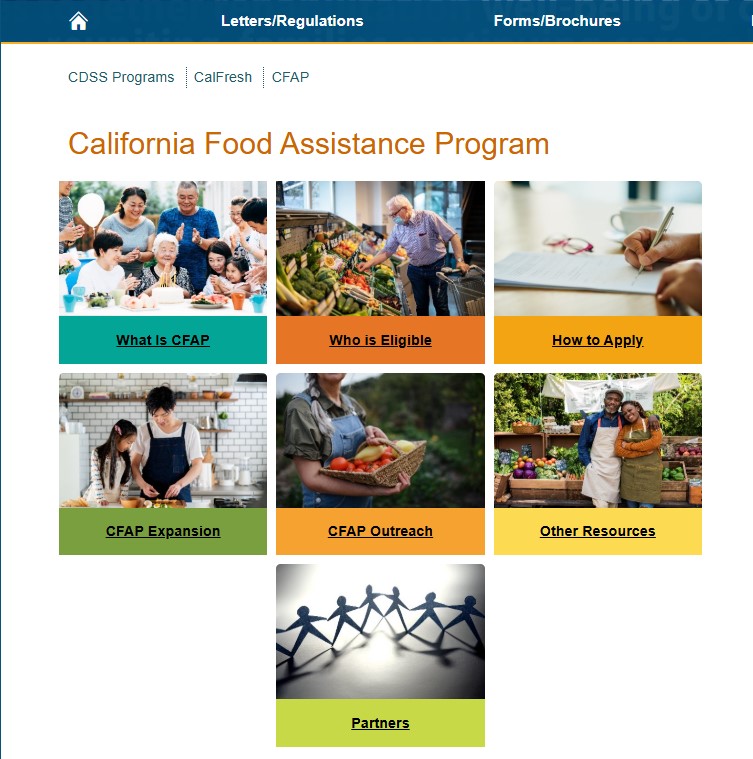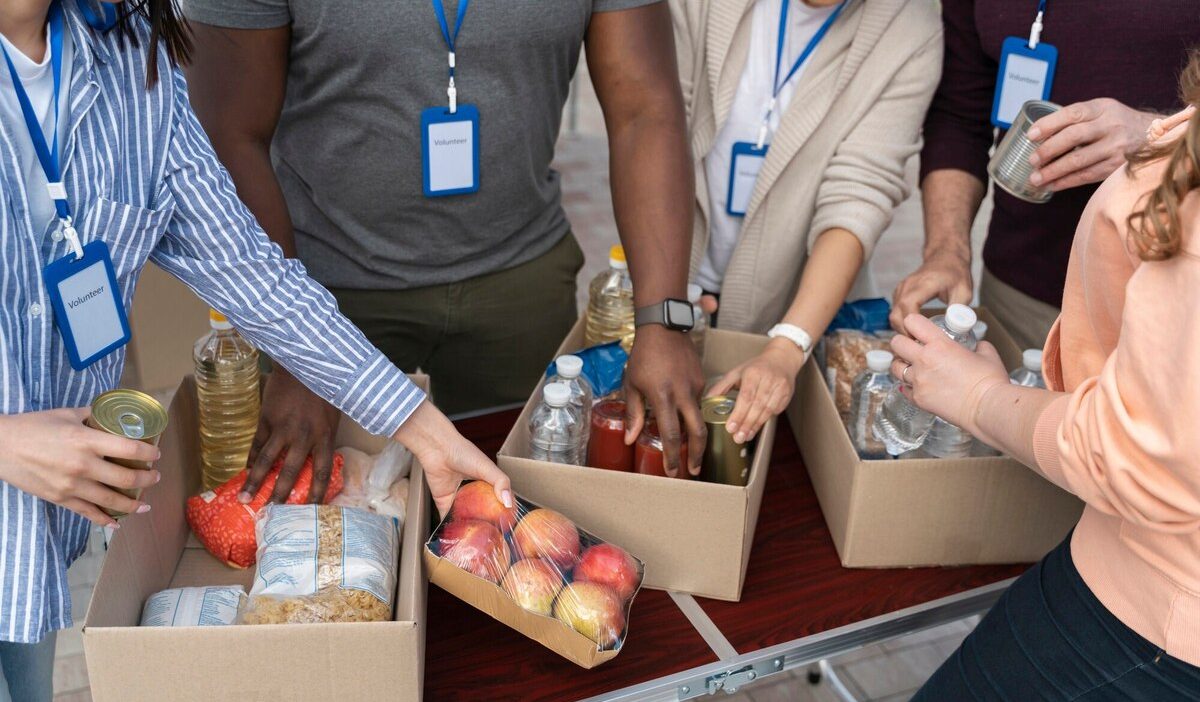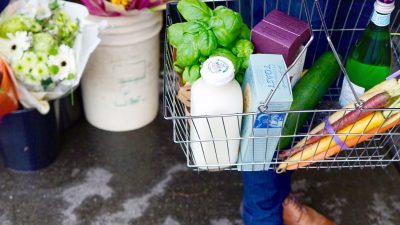California Food Assistance Program plays a vital role in supporting low-income individuals, especially non-citizens who are ineligible for federal CalFresh benefits. This state-funded initiative ensures that all eligible California residents, regardless of their immigration status, can access essential food assistance.
This article explores the program’s benefits, eligibility criteria, and practical strategies to maximize food assistance, helping you navigate and make the most of available resources.
1. What Is the California Food Assistance Program?

Overview of California food assistance program
The California Food Assistance Program (CFAP) is a state-funded program designed to provide food assistance to eligible immigrants who do not qualify for federal CalFresh benefits due to their immigration status.
CFAP reflects California’s commitment to addressing food insecurity and ensuring equitable access to essential nutrition.
This program plays a crucial role in supporting lawful immigrants who might otherwise be excluded from federal assistance.
It ensures that all eligible residents have access to the food they need for daily living.
Difference between CFAP and CalFresh
CalFresh and the California Food Assistance Program (CFAP) both provide monthly food benefits to low-income individuals in California, but they differ in funding sources and eligibility criteria.
CalFresh is a federally funded program that offers food assistance to low-income individuals and families, including U.S. citizens and certain lawful immigrants who meet specific requirements.
In contrast, CFAP is entirely funded by the State of California and is designed to assist lawful immigrants who are ineligible for CalFresh due to immigration-related restrictions but meet the income and other eligibility criteria.

Both programs operate through the same distribution system, typically using an Electronic Benefits Transfer (EBT) card, which can be used to purchase food at participating stores.
When an individual applies for CalFresh, the authorities will automatically assess their eligibility for California supplemental nutrition assistance program if they do not qualify for federal CalFresh benefits.
2. How To Get Benefits of California Food Assistance Program?
California food assistance program (CFAP) requirements
To qualify for the California Food Assistance Program (CFAP), you must meet the following criteria:
Immigration status requirements
To qualify for CFAP, applicants must be non-citizens who are ineligible for CalFresh due to their immigration status under the Personal Responsibility and Work Opportunity Reconciliation Act (PRWORA) of 1996. Eligible non-citizen categories include:
- Lawful Permanent Residents (LPRs) who have not met the 5-year residency requirement or the 40 qualifying work quarters.
- Parolees admitted for at least one year.
- Conditional Entrants under immigration laws.
- Battered or Abused Individuals meeting specific criteria.
Residency requirements
Applicants must be California residents and provide proof of their residency.
Income requirements
Household income must meet the CalFresh income guidelines, which are based on the federal Supplemental Nutrition Assistance Program (SNAP) limits.
Social Security Number (SSN) policy
Under Senate Bill 187 (2022), CFAP applicants are not required to provide a Social Security Number (SSN) if they do not have one.
Work requirements
CFAP recipients are exempt from CalFresh’s federal work requirements, making it easier for those unable to meet employment conditions to receive benefits.
How to apply for CFAP
To apply for CFAP benefits, follow these steps:
- Check eligibility: Confirm your eligibility based on your immigration status and residency.
- Submit an application: You can apply through the CalFresh portal or by contacting your local County Social Services Office.
- Provide documentation: Submit the required documents, such as proof of income, identity, and immigration status.
- Attend an interview: Participate in an interview if required by your local social services office.
By meeting the eligibility criteria and following the application process, you can access essential food assistance through CFAP without worrying about its impact on your immigration status.
3. California Food Assistance Program Expansion
The California Food Assistance Program (CFAP) will undergo a significant expansion, providing state-funded food benefits to income-eligible non-citizens who are currently excluded from CalFresh due to their immigration status.
This expansion, established through Assembly Bill 135 and Assembly Bill 178, reflects California’s commitment to addressing food insecurity and promoting equitable access to essential nutrition.
Scheduled to take effect on October 1, 2027, the CFAP expansion will extend food benefits to all California residents aged 55 and older, regardless of their immigration status, as long as they meet the income eligibility criteria.
This policy change marks a major shift toward comprehensive social welfare, ensuring that vulnerable populations can access food assistance.
Key changes under the CFAP expansion include:
- Age inclusion: All California residents aged 55 and older who meet the income requirements will be eligible, regardless of their immigration status.
- No Social Security Number requirement: Under Senate Bill 187 (2022), CFAP applicants will not be required to provide a Social Security Number (SSN) if they do not have one.
- Work requirement exemption: Eligible individuals will be exempt from CalFresh work requirements, reducing barriers for those unable to meet employment-related conditions.
Although the CFAP expansion is a groundbreaking development, benefits will not be available until October 1, 2027.
To ensure a smooth rollout, the California Department of Social Services (CDSS) is collaborating with key agencies and stakeholders to develop a comprehensive implementation plan.

>>> Read more: WIC Benefits California: Eligibility, Assistance & Benefit Levels 2025
4. How to Maximize Food Assistance Benefits
Optimizing benefits from food assistance programs like CalFresh or the California Food Assistance Program (CFAP) requires smart planning and strategic shopping. Here are several ways to make the most of your food assistance benefits:
- Take advantage of double-up programs at farmers’ markets
Many farmers’ markets offer “Double Up Food Bucks” programs, which allow you to double the value of your EBT card when purchasing fresh fruits and vegetables. For example, if you spend $30 in SNAP benefits, you may receive an additional $30 to buy fresh produce.
- Buy staple foods in bulk
Purchasing staple items like rice, beans, and pasta in bulk can reduce costs and provide a foundation for nutritious meals. Bulk buying usually comes at a lower price per unit and allows you to store food for long-term use.
- Use coupons and store discounts
Combine food assistance benefits with store coupons and manufacturer discounts to significantly lower grocery expenses. Regularly check for promotions and special deals at local supermarkets to further stretch your budget.
- Plan meals and create a shopping list
Before grocery shopping, plan your weekly meals and make a list based on that plan. This approach helps prevent impulse purchases and ensures you only buy what you need.
- Explore additional Food Assistance programs
Beyond CalFresh and CFAP, other local and seasonal food assistance programs may be available. Check with your local social services agency to find additional programs.
- Attend cooking and nutrition classes
Many communities offer free cooking and nutrition classes to teach you how to prepare healthy meals on a limited budget. These skills can help you make the most of your groceries while improving your household’s nutrition.
By applying these strategies, you can maximize your food assistance benefits, ensuring consistent access to nutritious food while managing your expenses effectively.
Conclusion
The California Food Assistance Program is a vital resource ensuring all eligible residents, regardless of immigration status, have access to essential nutrition. With upcoming expansions, even more individuals will benefit from this state-funded support.
Stay informed and take advantage of these programs to secure a healthier, more stable future.




